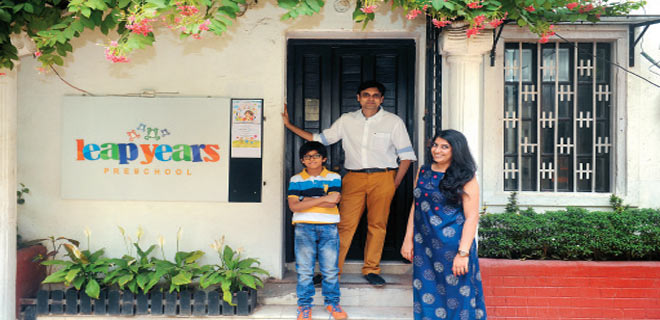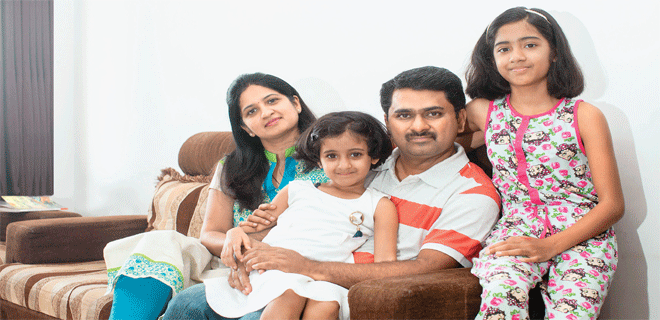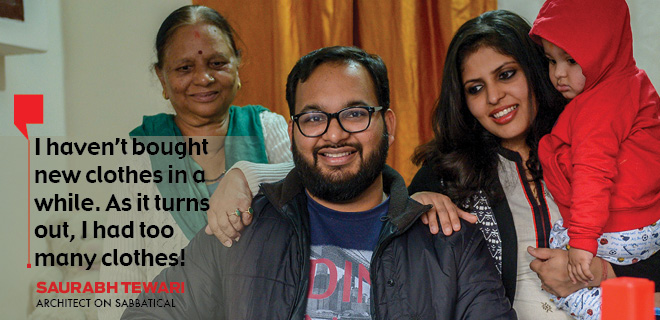Build a Strong Foundation
Running a preschool is no child’s play as it comes with its fair share of responsibilities

Pooja Dugar is a passionate Early Educator. She is married and has a son. But her son is not the only child whose future she worries about. Being the founder and director of Leap Years Preschool comes with its share of responsibilities. In order to materialise her vision of establishing a unique institution where traditional subjects, art, and play are all equally relevant, she had to take a loan of Rs 25.05 lakh from the bank. She aims at repaying the whole loan amount within five years.
Her business is still at a nascent stage. To be able to pay back the loan and sustain her business in the long run, she should be working hard at capacity building— preferably at 10 per cent year-overyear to reach at least 80 per cent capacity. With a maximum capacity of 40 students, the preschool charges a one-time fee of Rs 20,000. Post that, a monthly fee of Rs 4,000 is charged. Considering the capacity of the school, it would be safe to assume that there are at least five staff members who take care of the children at the school, whose salaries (along with expenses like electricity, water, etc.) are a regular expense. It should also be noted that in Pooja’s case, her income is concentrated at a single point of time in a year, whereas her monthly expenses remain constant. So, her best option would be to look at annual investment plans and sensibly plan her taxes meanwhile.
My Advice
Invest a part of the net profits each year in Balanced Fund Schemes of mutual funds annually and invest the rest in capacity building. They reap an annual return of 14 per cent (industry average) per annum. This way, paying off the loan wouldn’t wear her down and leave her pockets empty. She can withdraw her returns easily after a year but she would get the best results if the fund is left untouched and used later (say after the fifth year) once her loan is repaid for further capacity building or for her child’s education.
Consider her net profit is approximately Rs 10-12 lakh. If she invests about Rs 8 lakh per annum in Balance Mutual Funds, at the end of five years, after paying off her loan of Rs 20.5 lakh, she would be looking at approximately a fund of Rs 53 lakh which she is free to use as per her discretion. It will help her take the school working to its full capacity, from the 80 per cent capacity. If by the end of the third year there arises a need due to unforeseen circumstances, she can easily withdraw around Rs 27.5 lakh from the fund and use it to repay her loan and fulfill her business requirements.
I would also suggest looking into tax planning. Investing in tax plan funds in the mutual funds is a great option—they help in tax saving and also provide good returns. You can invest upto Rs 1.5 lakh annually here to get a 12 per cent return on an average per year. Returns from this are tax free after three years. This can be treated as an alternate source and left untouched until required.
Another suggestion would be to invest the small amounts, which she earns in between when new admissions enroll occasionally, in short-term liquid funds which can easily be exited and gives a return of approximately 7 per cent yearly. This will help her meet the regular expenses at school and work on capacity building in the short term. She should look to utilising the full capacity of her school for better profits.









